Optimal Timing for Storm Restorations
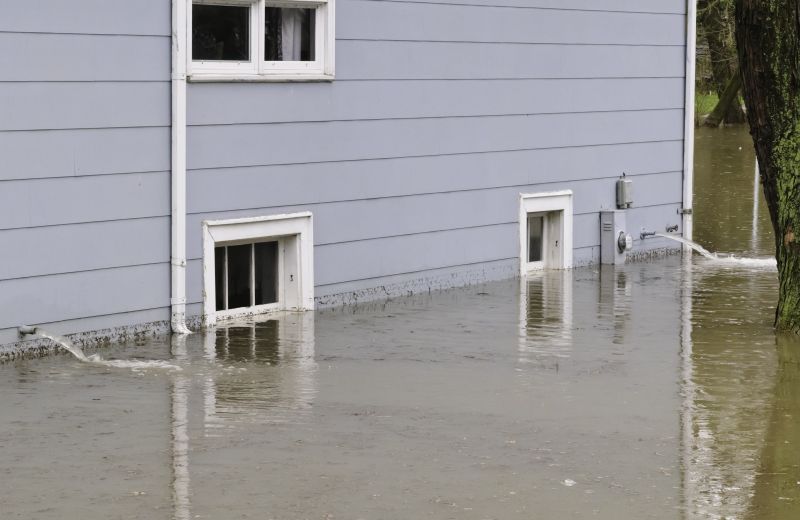
Preparing structures before storm seasons can reduce damage and facilitate quicker restorations.
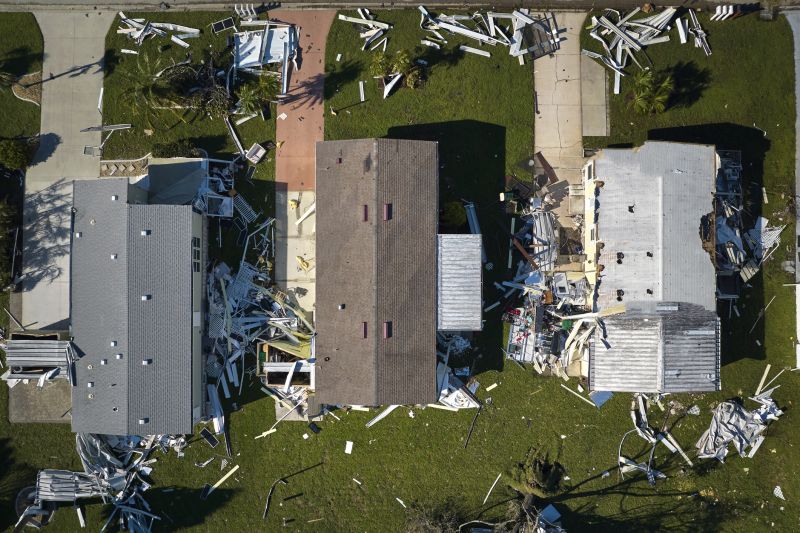
Assessing damage immediately after storms helps determine the scope and urgency of restorations.

Conducting repairs during calmer months can ensure readiness before the next storm season.
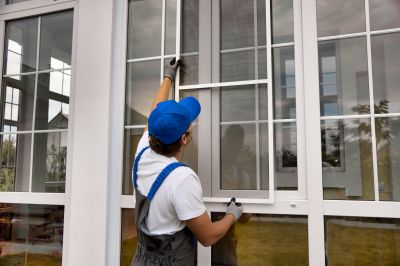
Ways to make Storm Restorations work in tight or awkward layouts.

Popular materials for Storm Restorations and why they hold up over time.
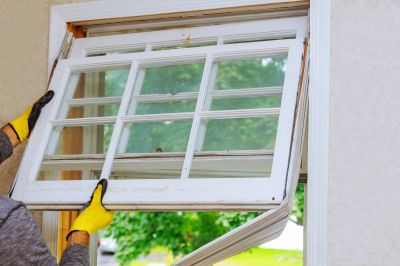
Simple add-ons that improve Storm Restorations without blowing the budget.

High-end options that actually feel worth it for Storm Restorations.
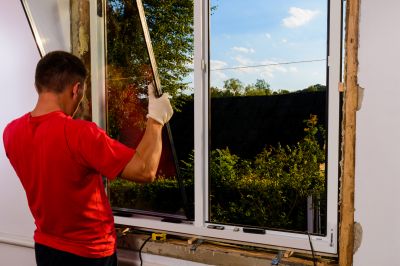
Finishes and colors that play nicely with Storm Restorations.
Statistically, the peak storm seasons in many regions occur during specific months, often late summer to early fall. Conducting inspections and necessary repairs before these periods can minimize damage. Conversely, addressing damages promptly after storms can prevent further deterioration and reduce long-term costs.
The best time for storm restorations is typically during the off-peak season, allowing for thorough repairs before the next storm cycle.
Dry and mild weather conditions facilitate safer and more efficient restoration work.
Scheduling inspections and repairs during calm weather ensures structures are prepared for upcoming storms.
Regions with frequent storms require proactive restoration planning to minimize disruptions.
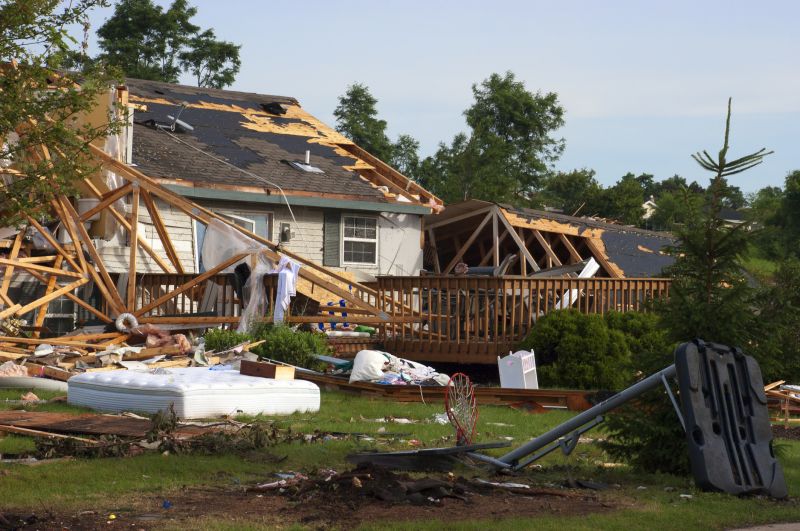
Visual assessments help identify immediate repair needs after a storm.
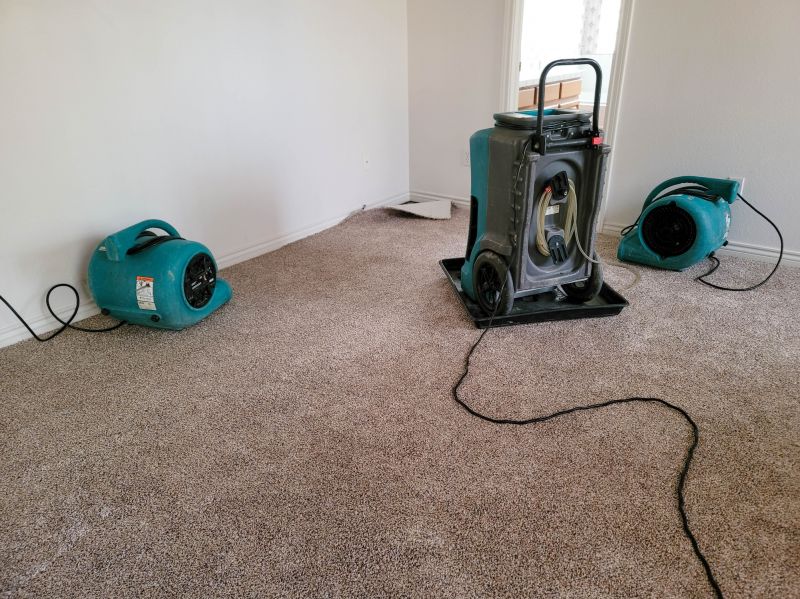
Using specialized tools during favorable weather ensures effective repairs.
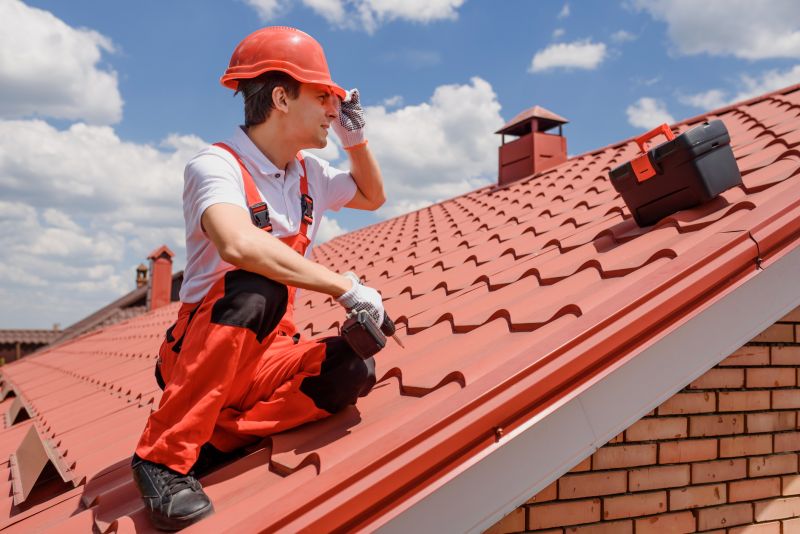
Timely roof repairs can prevent leaks and structural issues during future storms.

Addressing water intrusion early limits mold growth and property damage.

Strengthening vulnerable areas before storm seasons enhances resilience.
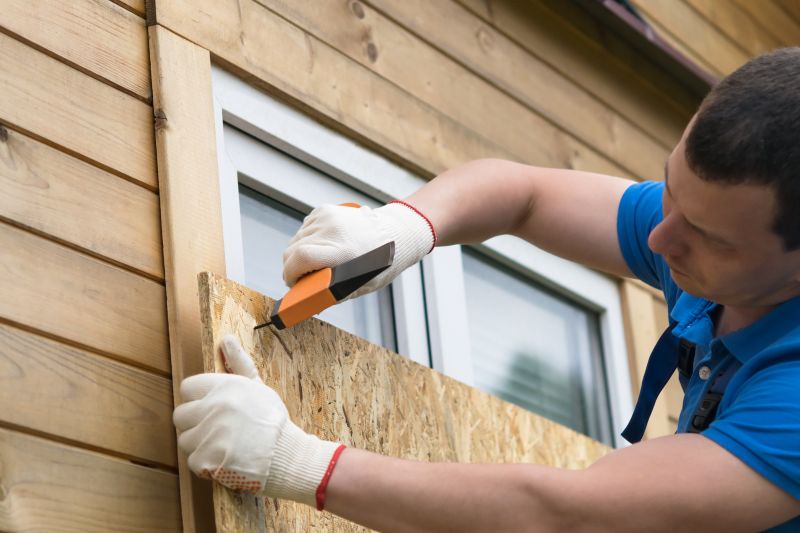
Developing a plan during calm periods ensures quick response when storms occur.
| Season | Optimal Activities |
|---|---|
| Spring | Inspect and repair roofs, gutters, and windows. |
| Summer | Conduct thorough property assessments before storm season. |
| Fall | Perform final repairs and reinforce structures. |
| Winter | Address any remaining damages and prepare for storms. |
| Pre-Storm Season | Complete major repairs and inspections. |
| Post-Storm | Assess damage and initiate restoration processes. |
Understanding the seasonal patterns of storms and planning restoration activities accordingly can lead to more effective and efficient repairs. Regular inspections and maintenance during calmer periods help identify vulnerabilities and ensure properties are better prepared for severe weather events.

Visual and structural evaluations identify areas needing repair after storms.
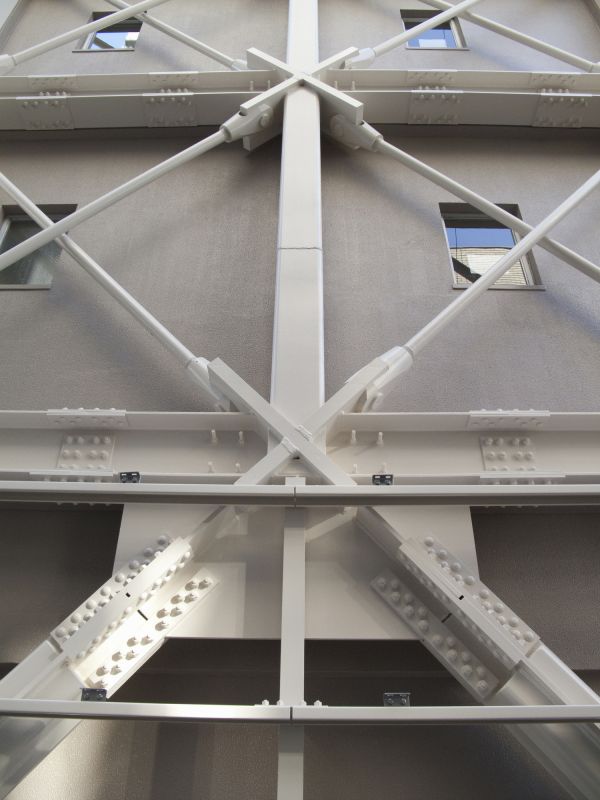
Strengthening building components during off-peak times enhances storm resistance.
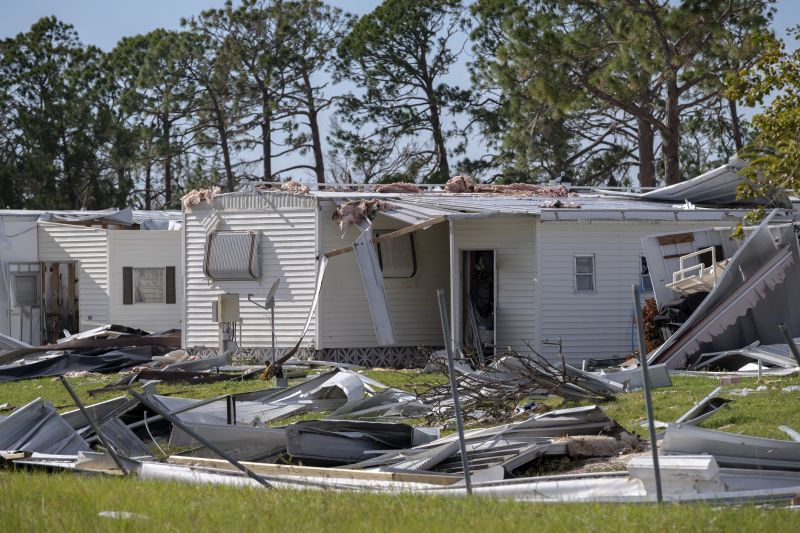
Quick fixes after storms prevent additional damage and facilitate full restorations.

Developing a comprehensive plan during calm weather ensures readiness.
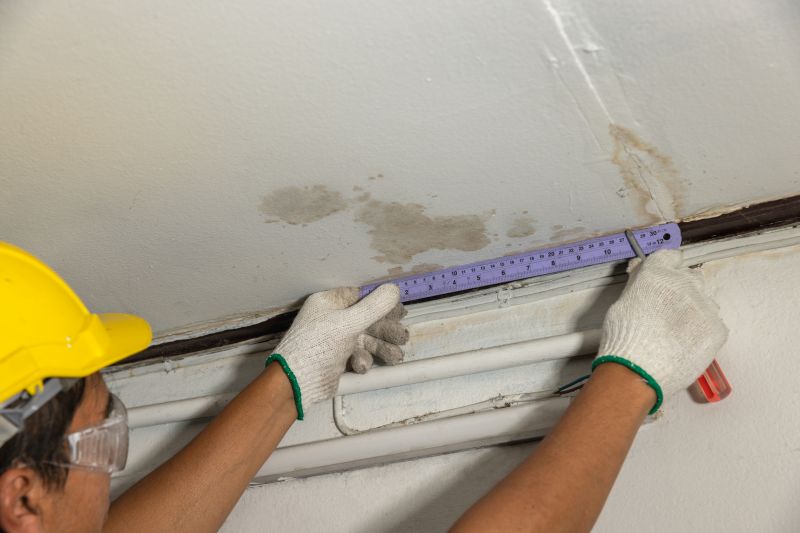
Little measurements that prevent headaches on Storm Restorations day.

A 60-second routine that keeps Storm Restorations looking new.
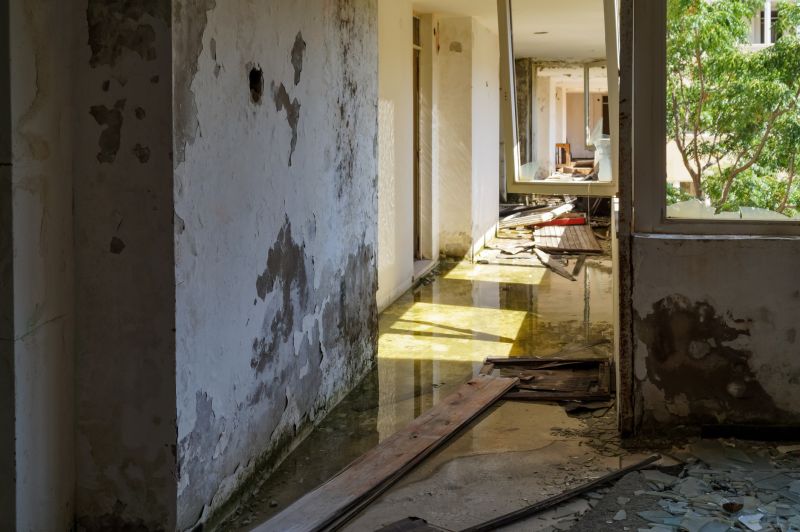
A frequent mistake in Storm Restorations and how to dodge it.

Small tweaks to make Storm Restorations safer and easier to use.
Filling out the contact form can provide more information about scheduling storm restorations. Early planning and timely action are key to minimizing damage and restoring properties efficiently after severe weather events.
